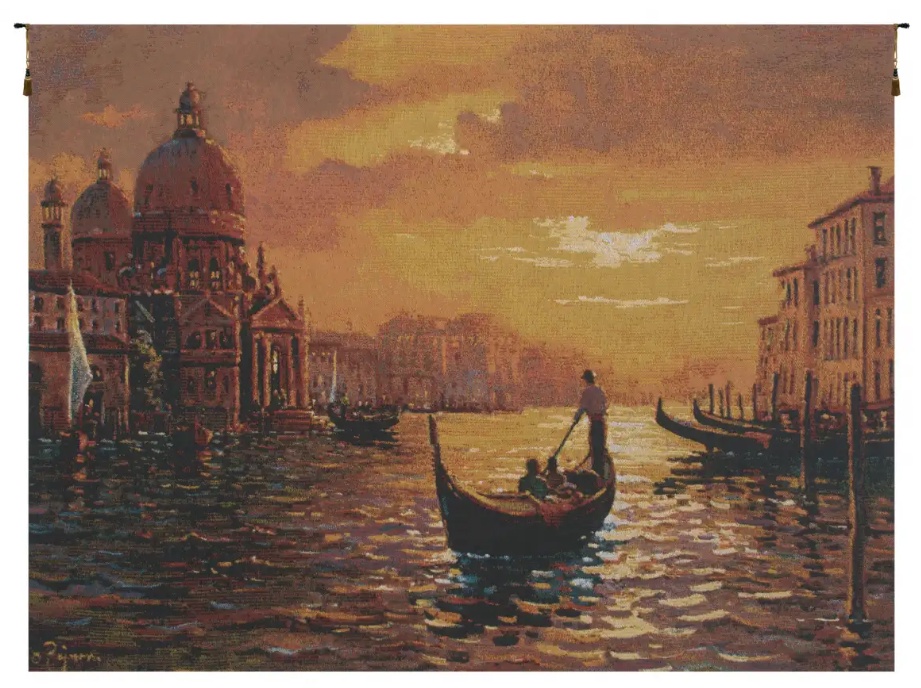Nautical tapestry, with its rich history and intricate designs, captures the essence of maritime culture and brings it to life within the realm of decorative art. Dating back centuries, this exquisite form of textile art has adorned the walls of grand ships, palaces, and coastal homes, telling stories of seafaring adventures and evoking a sense of nautical nostalgia. In this article, we will delve into the world of nautical tapestry, exploring its origins, significance, and enduring appeal.
A Fusion of Art and Maritime Heritage:
Nautical tapestry, often referred to as maritime tapestry or marine tapestry, is a distinctive form of woven art that portrays seascapes, sailing vessels, marine creatures, and coastal landscapes. It beautifully merges artistic creativity with maritime heritage, reflecting the timeless fascination humans have had with the sea and its wonders.
Historical Significance:
The roots of nautical tapestry can be traced back to the Middle Ages, when the maritime lifestyle played a crucial role in the daily lives of people living along the coastlines of Europe. These tapestries were initially woven for practical purposes, serving as insulation and decoration for castles, palaces, and ships. They provided warmth and added a touch of elegance to the living spaces.
Symbolism and Themes:
Nautical tapestries often depict scenes from epic maritime journeys, mythical sea creatures, and seafaring traditions. They can showcase naval battles, mermaids, lighthouses, maps, compasses, and ships in full sail. These tapestries not only reflect the technical skill of the weavers but also serve as visual narratives, capturing the spirit of exploration, adventure, and the dangers faced by sailors on the high seas.
Materials and Techniques:
Nautical tapestries are traditionally hand-woven using high-quality fibers such as wool, silk, or linen. The choice of materials and weaving techniques significantly impacts the texture, durability, and overall aesthetic of the tapestry. Intricate details and vivid colors are achieved through the use of different weaving techniques, including the renowned Gobelin method, which originated in France during the 17th century.


No comments yet